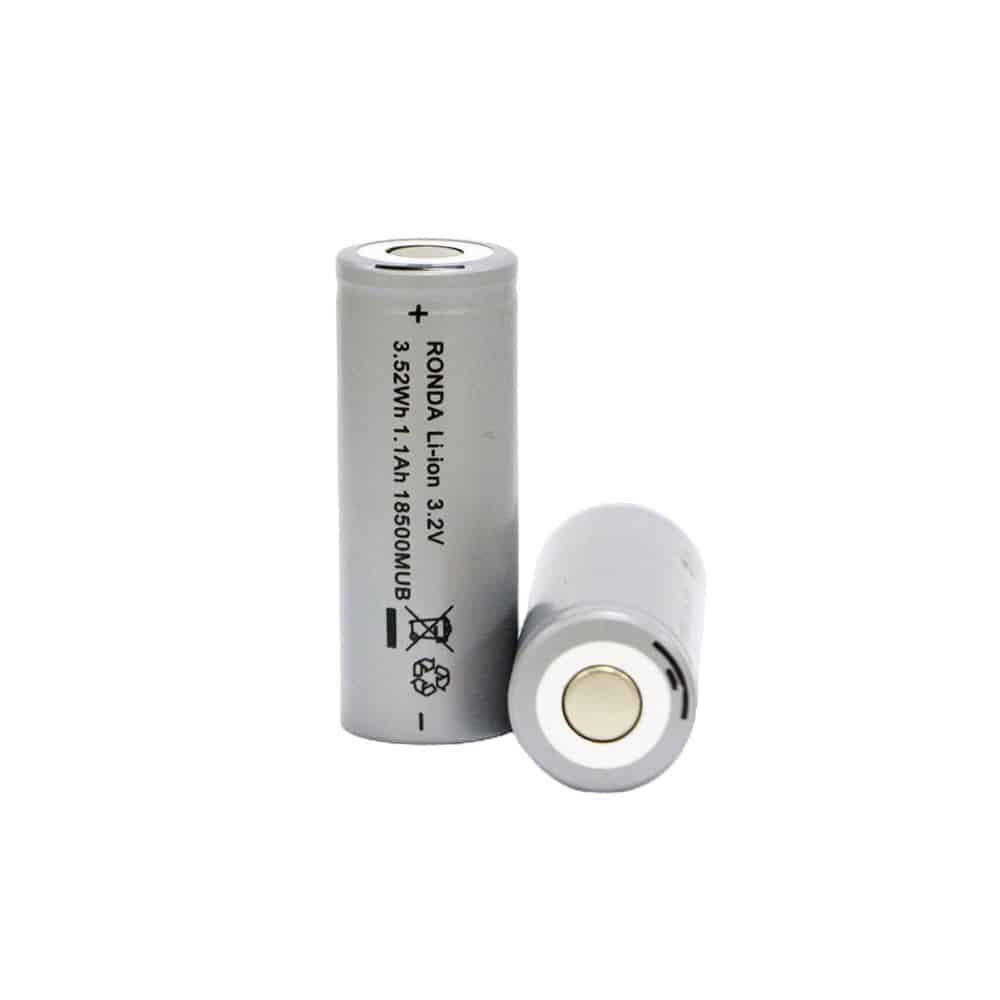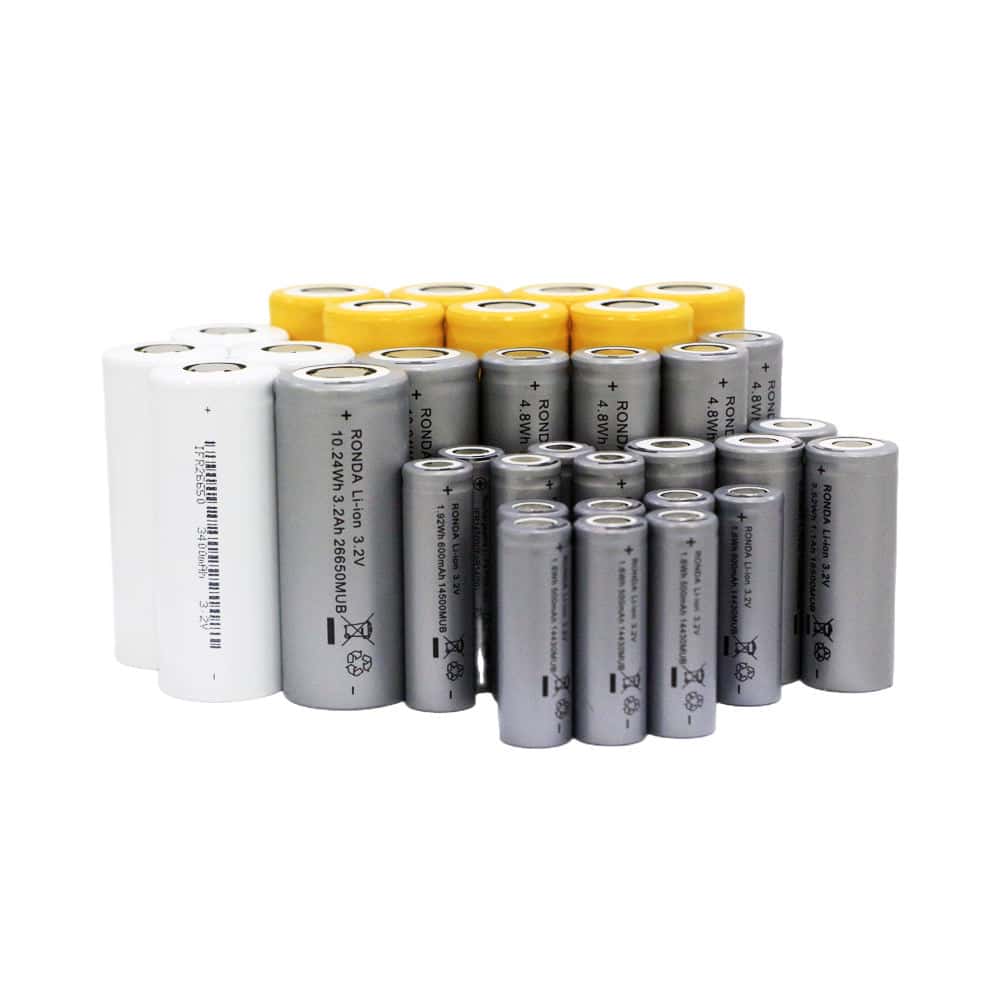Analysis of Electrode Material Selection for Li-ion Batteries
Lithium-ion batteries are a type of rechargeable battery that can be recharged during use. The main working principle is the repeated movement of lithium ions between the positive and negative electrodes. Regardless of the shape of the battery, its main components are electrolyte, positive electrode, negative electrode and separator. At present, the international production of lithium-ion batteries is mainly concentrated in China, Japan and South Korea, and the main application markets for lithium-ion batteries are mobile phones and computers.

With the continuous development of lithium-ion batteries, their application fields are gradually expanding, and their use of positive electrode materials has shifted from singularity to diversification, including olivine type lithium iron phosphate, layered lithium cobalt oxide, spinel type lithium manganese oxide, and so on, achieving the coexistence of multiple materials.


